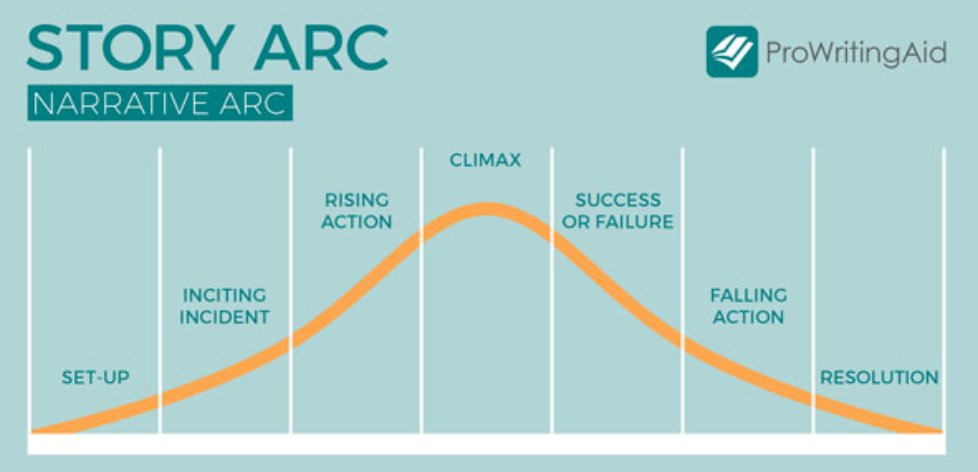
For YEARS, I used the Save the Cat beat sheet template when writing my features. But, I'm currently working with a director who thinks about story using the 8 sequence method, and I liked that too!
So, I created a new template that marries both... and then some. (🧵)
So, I created a new template that marries both... and then some. (🧵)
To me, the most helpful way to visualize a script is as a bell curve, with the midpoint being the arc's apex. In fact, when I'm starting a new project, I literally draw a bell curve, and mark it up with my big, broad story beats. 

The Save the Cat beat sheet is basically an extension of this story bell curve. I appreciate that the "beats" are really simple to follow. For example, the "Fun and Games" section is described as "trailer moments," and "Bad Guys Close In" is our falling action.
For those of you unfamiliar with Save the Cat's template, you can find it here: chsenglishap4.weebly.com/uploads/2/2/5/…
But, the 8 Sequence Method is also a pretty cool way to think about story! In a 100 page script, each sequence would be 12.5 pages, and have a beginning, middle, and end. Thinking about a script that way feels so much less scary to conceptualize!
Here's more info about the 8 Sequence Method: screencraft.org/blog/8-sequenc…
So, when my director asked that I break my beat sheet down by sequence, I made my own Save the Cat/8 Sequence template. Cool, right? Yeah!
But wait, there's more!
But wait, there's more!
I've always used my beat sheets as a plot point roadmap for my outline. But, since this beat sheet wasn't just for personal use, and I was sharing it with the creative team (director, producers, studio execs), I wanted to make sure that it was crystal clear re: characters too.
So, I added a header -- Protagonist's Life Goal. What is the main thing that our MC wants at the beginning of the story? Heck, before our story even starts?
BUT, Wants and Goals are not active unless you make them active, and we want our characters to be active!
SO, instead of thinking about what my characters wanted... the director encouraged me to think about how are characters were planning to get it!
SO, instead of thinking about what my characters wanted... the director encouraged me to think about how are characters were planning to get it!
Thus, I added a section before each sequence, laying out my protagonist's--and antagonist's--plan for that next sequence.
If my Protag and Antag's plans were in opposition, then I knew that sequence was going to be full of conflict and obstacles for both.
If my Protag and Antag's plans were in opposition, then I knew that sequence was going to be full of conflict and obstacles for both.
Plus, like I said, each sequence should be its own mini story arc in and of itself. So, it makes sense that the characters' "plans" would change sequentially!
Finally, I added a Central Act question at the beginning of each Act.
What is the question the audience will want answered as we break into each new chapter of the story?
What is the question the audience will want answered as we break into each new chapter of the story?
That's it! That's the thought process behind my beat sheet template.
It has totally changed the way I think about story... and if you decide to use this FREE DOWNLOADABLE TEMPLATE, hopefully it can help you too!
stan.store/JuliaYorks
It has totally changed the way I think about story... and if you decide to use this FREE DOWNLOADABLE TEMPLATE, hopefully it can help you too!
stan.store/JuliaYorks
Also, there is a typo in this thread where I use “are” instead of “our” so unclear if anyone should be taking my writing advice at all
And if you like this thread, check out my podcast, THE BABY WRITERS PODCAST! We’ve got 3 episodes up, and another one coming to you on Monday!
anchor.fm/thebabywriters…
anchor.fm/thebabywriters…
• • •
Missing some Tweet in this thread? You can try to
force a refresh




